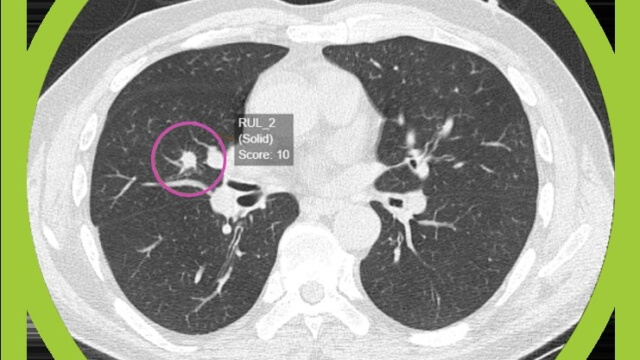In this regular insideBIGDATA feature we highlight our industry’s movers and shakers, companies that are pushing technology forward, and setting trends for innovation. We look at companies with a focus on big data, data science, machine learning, AI and deep learning – some new, some old, always leading, always dynamic. We also take deep dives into new technology promoted (or hyped) as “AI” or my favorite “AI-powered” to provide transparency for what’s really going on under the hood. Watch this column for intimate coverage of some pretty cool firms doing some pretty exciting things. Enjoy the ride!
In this installment of “AI Under the Hood” I introduce causaLens, a London-based deep tech company building a machine that predicts the global economy in real-time. The company’s Growth Analyst reached out to me on LinkedIn, and I liked what I learned from the materials I received.
vision = global_economy.predict().optimize()
causaLens is a leader in causal AI research. Causality is a major step towards developing true AI. The company’s technology transforms organizations by autonomously discovering valuable insights that optimize business outcomes. The company’s flagship product, a Causality Infused AutoML for time-series, goes beyond both traditional machine learning and AutoML. It has become the industry standard in the financial sector and other industries. causaLens is run by top scientists and engineers, 70% holding a PhD in a quantitative field.
causaLens is an industry leader in time-series and causality. Their AutoML product specializes in time-series and became an industry standard in finance. Example use-cases include: autonomously discover and backtest predictive signals, automatically evaluate (alternative) data sets, and autonomously discover & productize predictive models and strategies.
All the company’s models are infused with causality that prevents spurious correlations and overfitting.
Genesis of Causal AI
Current machine learning approaches have produced remarkable achievements for certain types of data such as images and language – where the training data is plentiful, and the underlying “data generating process” does not vary over time. For example, it takes many years for a language to evolve and a cat always looks like a cat.
However, there has been surprisingly little progress for data types such as time-series, which are ubiquitous in finance and business. The problem is that current machine learning approaches “overfit” the data – they attempt to learn the past perfectly, instead of uncovering the “real”, or causal, relationships that will continue to hold over time.
At present, predictive models for time-series are mostly curve fitting exercises. As a consequence, models are driven by parameters that happened to correlate in the past but may not be capable of predicting the future. causaLens believes that a new theory of how to build intelligent machines is required. Machines need to be capable of understanding “cause and effect” in order to advance machine learning and to make reliable predictions of revenues, stock prices or real estate yields.
“It is widely known the current machine learning approaches underperform and overfit for time-series problems,” said Darko Matovski, CEO of causaLens. “At causaLens we believe that a new theory of how to build intelligent machines is required. Machines need to be capable of understanding ’cause’ and ‘effect’ in order to advance machine learning and bring us one step closer to true AI. causaLens was founded with the mission to devise Causal AI, which does not overfit, and so provides far more reliable and accurate predictions.”
Getting Results with Causal AI
Current approaches often result both in false positives, identifying drivers that are not predictive; and in false negatives, failing to identify predictive drivers. In contrast, Causal AI technology is specifically designed to uncover the true causal relationships in data.
In terms of case studies, the company applied this technology and found that Qatar LNG shipping exports are a stable predictive signal for UK natural gas futures, while also identifying that the correlation between Trinidad & Tobago shipping exports is spurious.
To show that the causal relationships identified lead to improved models in the real world, thousands of models were built. Half of the models were discovered by Causal AI and the other half were built using standard machine learning techniques. Both sets of models were then given data they hadn’t previously seen to make new predictions of the price of natural gas and assess their performance.
Models built with Causal AI had an average model score 42% higher, including 13% higher directional accuracy, than those built with current standard methods. This study demonstrates how using Causal AI to identify true causal drivers can result in better models that will maintain their performance in production.
Article originally published here.


